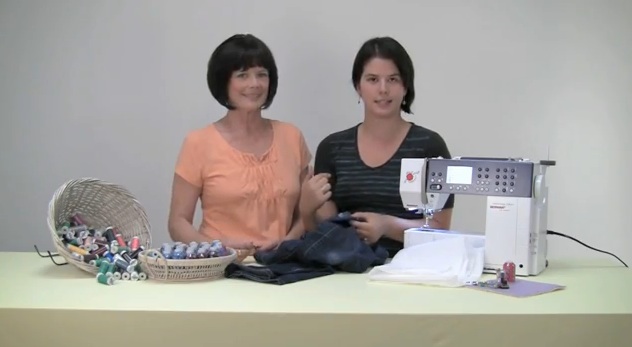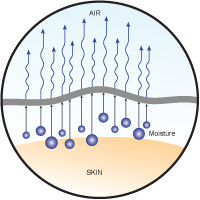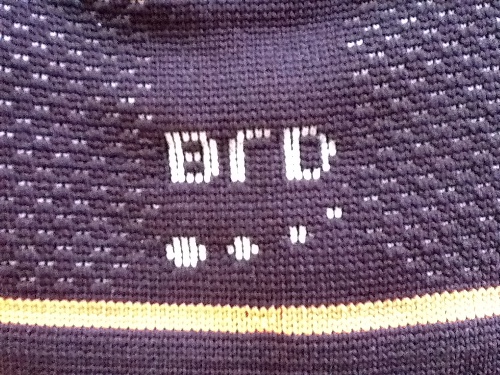Zede and Mallory Donohue know a little something about fabric. Zede’s a registered nurse and owner of Zede’s Sewing Studio, and her daughter Mallory has her degree in dance, visual arts, and costume design from Stevens College in Columbia, MO. Mallory’s father and Zede’s husband, Jerry, is a triathlete and a member of the Columbia Multisport Club.
So when the time came for us to suss out a good explanation for why we went with knit over traditional technology for our braces and supports, we did a little hop-skip-jump when we heard about this trifecta of knowledge.

From her experience with costume design for high-energy ballet dancers, Mallory was able to tell us a little bit about why a knit fabric, which is the type you’ll find in most athletic clothing and orthopedic supports, is a good choice for active people. “You can knit just about everything, like cotton, for instance,” she said. “But the problem with a natural fiber knit like cotton is that it just doesn’t have the memory of Lycra or the generic spandex.”
Zede added that “spandex” is an anagram of “expands,” and urged to remember the forgiving quality of Lycra and spandex, which allows the fabric to retain its shape and bounce back after many wearings and washings. “When you knit spandex or Lycra into something synthetic, that allows for wicking of moisture that you wouldn’t get with an all-cotton knit,” she said, pointing out another good quality of a nylon-and-spandex blend.
But just what does it mean for a fabric to be “wicking”? In layman’s terms, it means that the fabric can pull moisture–say, sweat–right off your skin and channel it to the outside of the fabric, the part that’s not right up against your skin. The result? You stay drier, longer, and when you’ve saturated the wicking fabric, it’s still work as much as it can to keep the moisture off your skin. (This is another reason we’re fond of outdoor sports; the inherent breeze you generate when you’re moving helps our fabrics to perform better.)

She also pointed out that it hasn’t been until recently that manufacturers have been able to blend nylon with spandex or Lycra, and that older technology, which involves bonded fabrics like neoprene, may be slower to phase out just because of the initial outlay required by manufacturers to change their equipment over to something new. “But neoprene is waterproof,” said Mallory, “which is why you see it in things like wetsuits. However, even if you give a neoprene product a knit lining, a lot of activity is going to cause people to sweat, and once you saturate that wicking layer with sweat, it’s going to stop being breathable.”
Ah, breathability. Here’s another term that we in the industry like to bandy about. Briefly, it only means that the fabric allows some airflow, so you don’t feel like you’re wearing a rubber suit. To that point, Mallory and Zede both note that neoprene is a type of rubber, which is why it’s great for things like wetsuits.
Zede’s medical experience showed its stripes here, as she thought back to the day when latex, a rubber, was widely used in hospitals and in products like knee braces. “We’re moving away from using latex up against the body,” she said, citing the growing incidence of latex allergies. “I don’t think it’s particularly comfortable, either.”
We get the feeling that, although Zede’s left the nursing world, she’s not ever going to be able to leave her instincts behind: “The bottom line is,” she said, “if the customer won’t comply with the product–and that goes from everything from a dress to a knee brace–then they’re not going to use it. If it isn’t comfortable, the person won’t wear it.” Good enough for us. We’ll take the advice of our experts any day.

